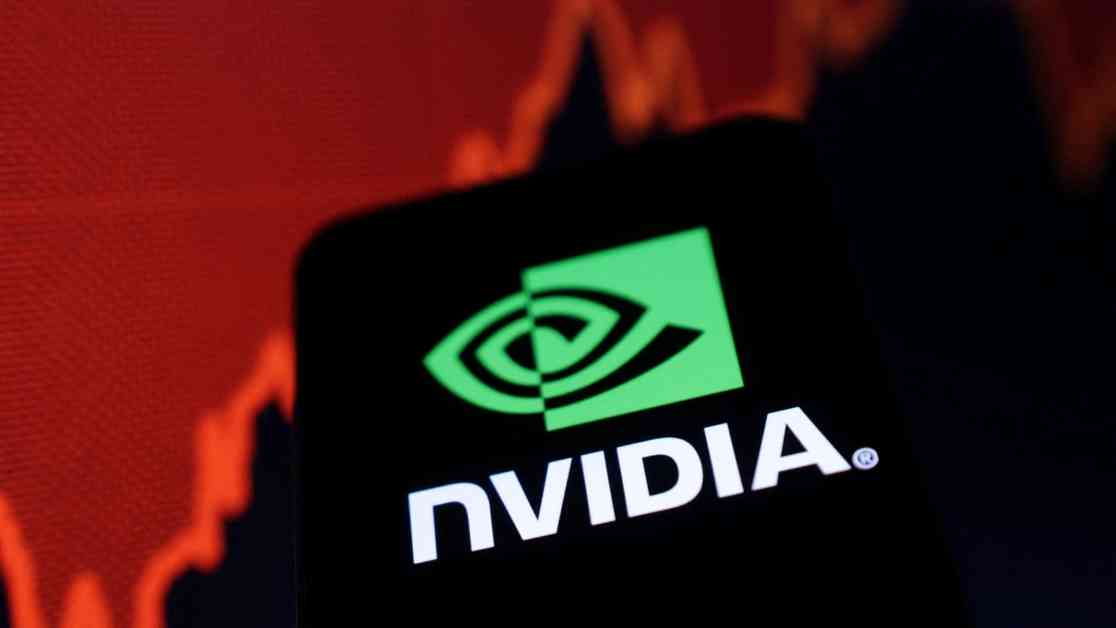Nvidia, a prominent chip giant, recently highlighted the increased competition it faces from Huawei, a Chinese telecommunications company, amid U.S. sanctions. In its annual filing, Nvidia included Huawei in its list of competitors for the second consecutive year, signaling a shift in the competitive landscape. The U.S. restrictions imposed on Huawei for national security reasons have not deterred the company from emerging as a formidable player in the tech industry.
Nvidia CEO Jensen Huang acknowledged the intense competition in China, mentioning Huawei and other companies as vigorous and competitive rivals. Despite the challenges posed by the U.S. restrictions on Huawei’s access to American technology, the Chinese company has managed to sustain its growth and innovation in various sectors, including chips, cloud services, computing processing, and networking products.
Huawei’s Resilience and Growth Strategy
Huawei, despite facing setbacks due to the U.S. restrictions, has shown resilience and strategic planning to navigate the competitive landscape. The company’s revenue surpassed 860 billion yuan ($118.27 billion) in 2024, marking a significant 22% increase from the previous year. This growth trajectory, the fastest since 2016, underscores Huawei’s ability to adapt and thrive in challenging market conditions.
While Huawei experienced a decline in revenue in 2020 and 2021, particularly in its consumer segment, the company made a notable comeback in 2023 with the launch of its Mate 60 Pro smartphone in China. The device, equipped with advanced semiconductor chips, showcased impressive download speeds associated with 5G technology, positioning Huawei as a key player in the smartphone market.
With the subsequent release of the Mate 70 smartphone series featuring HarmonyOS NEXT, Huawei demonstrated its commitment to innovation and self-reliance in developing its operating system. This strategic move not only differentiated Huawei from its competitors but also showcased the company’s technological prowess and vision for the future of mobile devices.
Implications for the Global Tech Industry
The evolving dynamics between Nvidia and Huawei, as well as the broader implications for the global tech industry, underscore the competitive forces at play in the market. As Huawei continues to innovate and expand its product offerings despite regulatory challenges, the company poses a significant threat to established players like Nvidia, prompting a reevaluation of competitive strategies and market positioning.
The competition between Nvidia and Huawei also reflects broader geopolitical tensions and regulatory frameworks impacting the tech sector. As companies navigate complex regulatory environments and geopolitical uncertainties, the ability to adapt, innovate, and forge strategic partnerships will be crucial for long-term success and sustainability in the rapidly evolving tech landscape.
In conclusion, the competitive landscape in the tech industry is undergoing significant shifts, with companies like Huawei challenging established players and reshaping market dynamics. As Nvidia faces heightened competition from Huawei amid U.S. sanctions, the industry’s future will be shaped by technological innovation, strategic resilience, and adaptability to evolving market conditions.

















